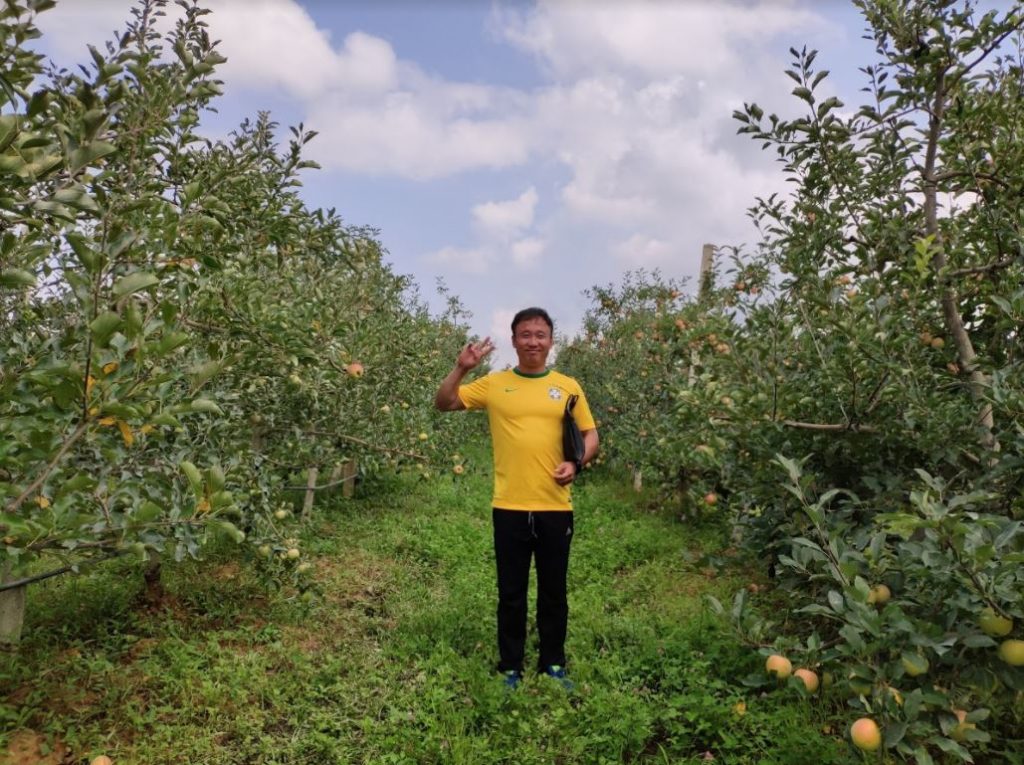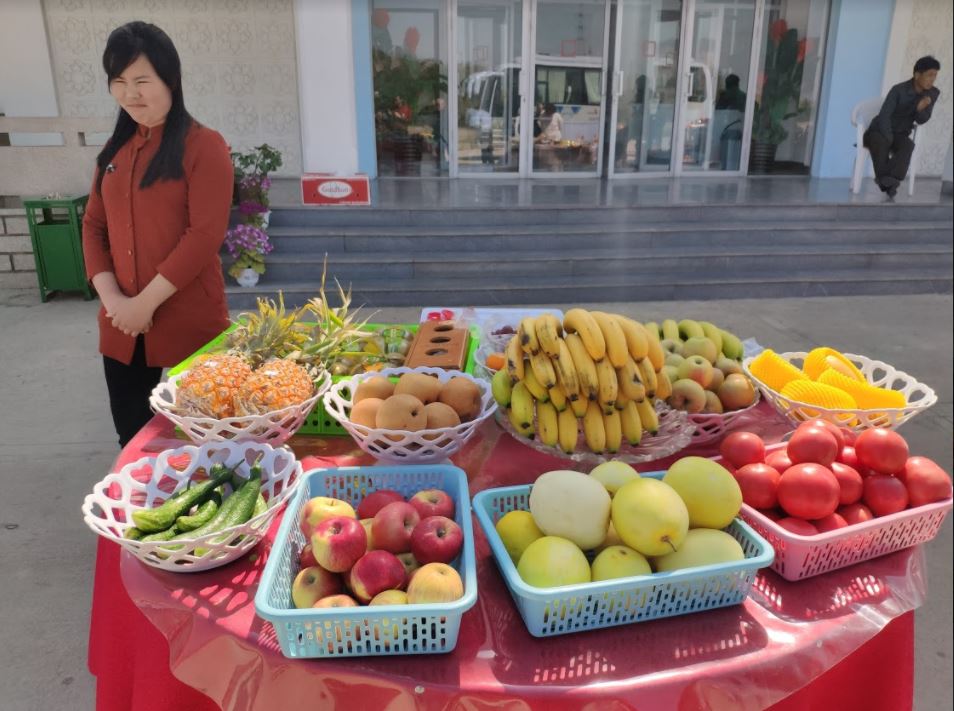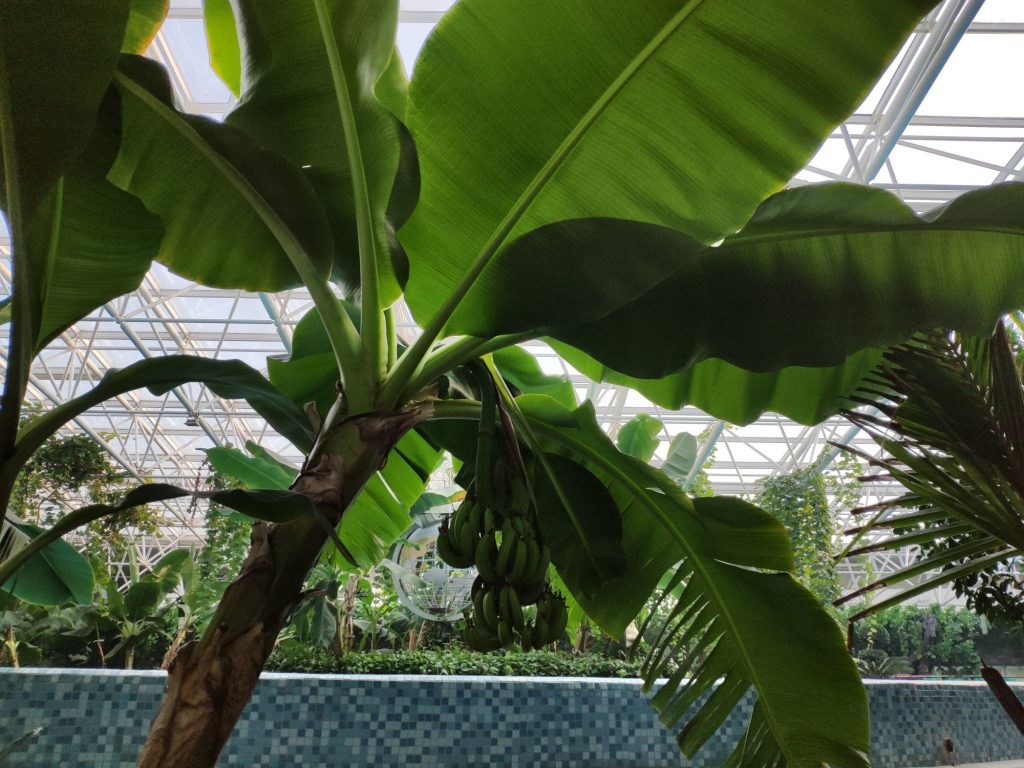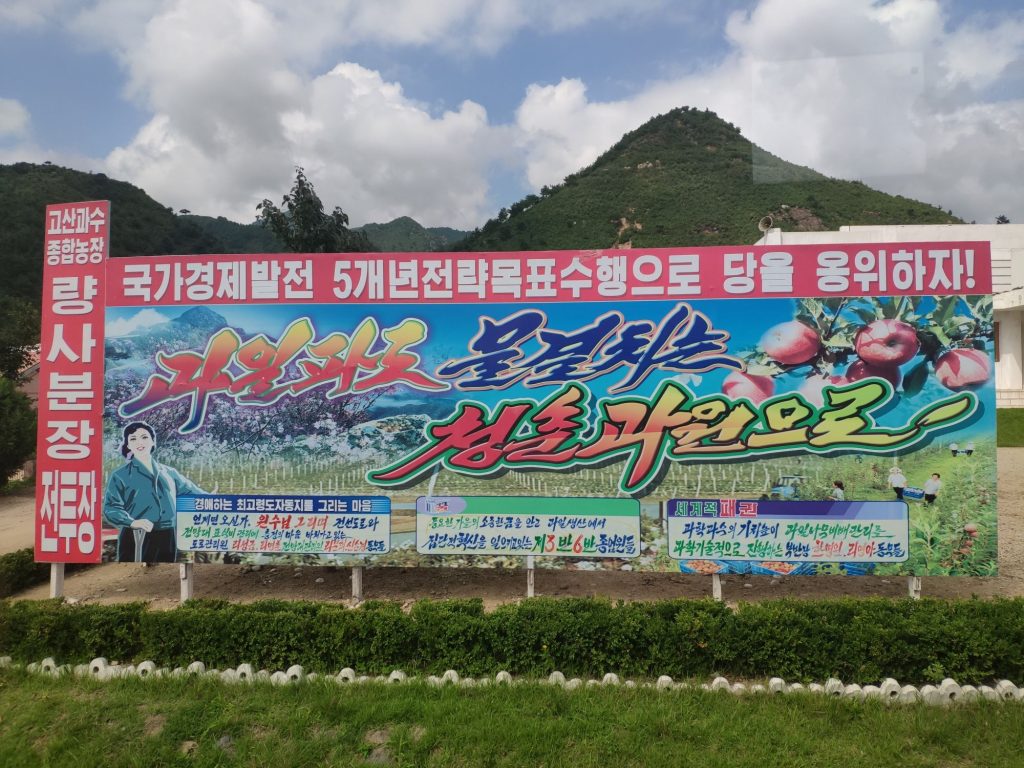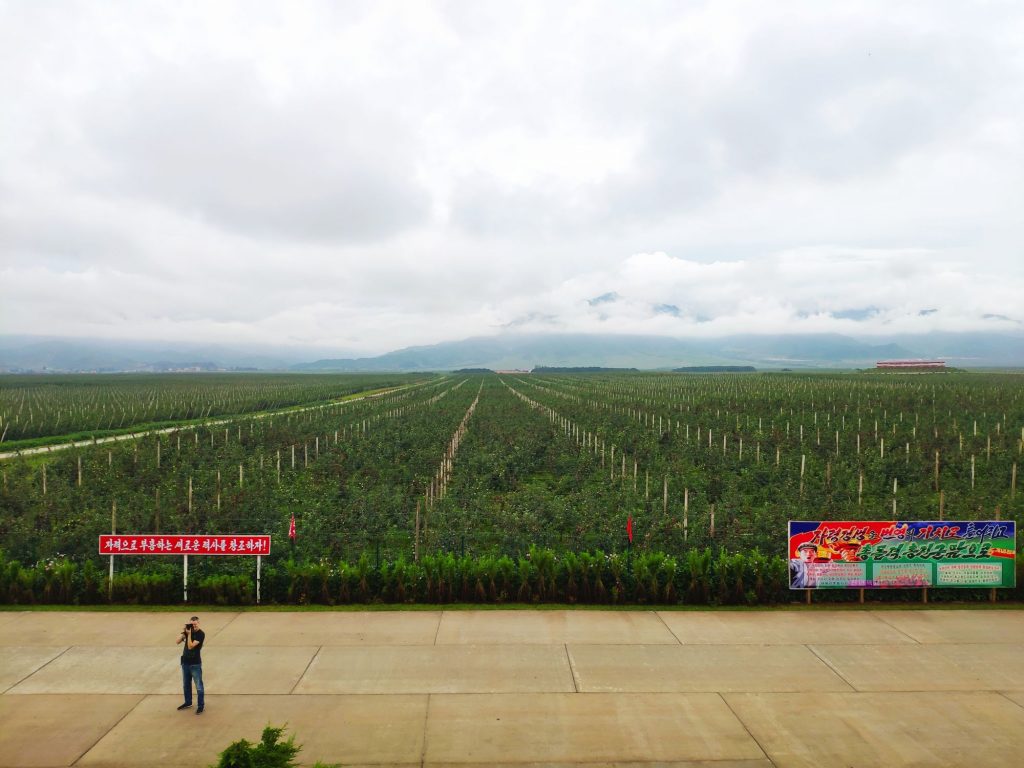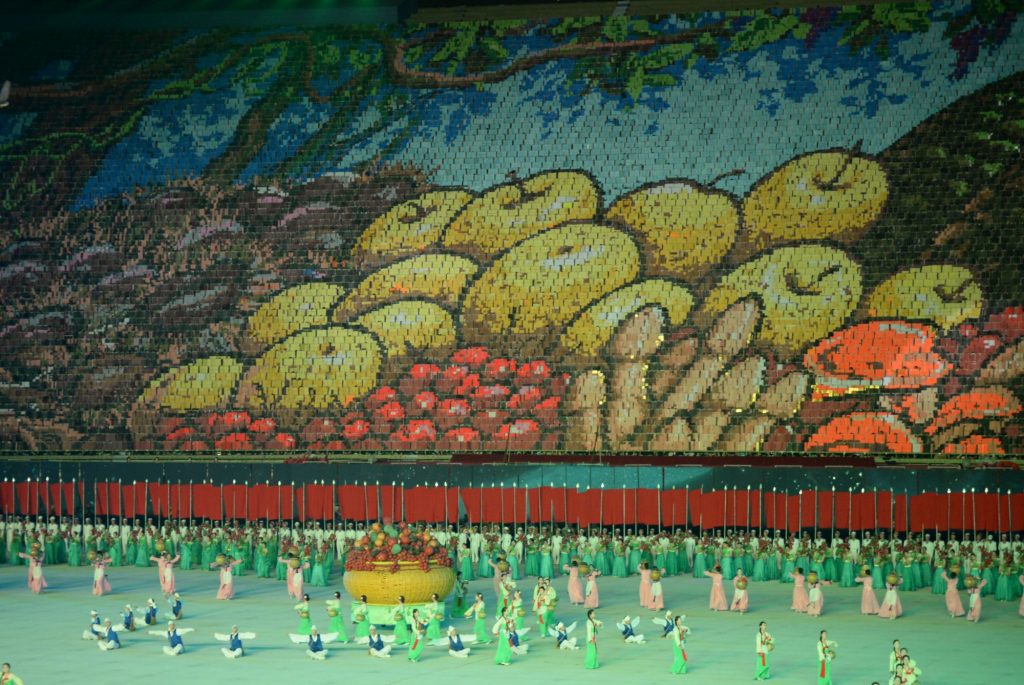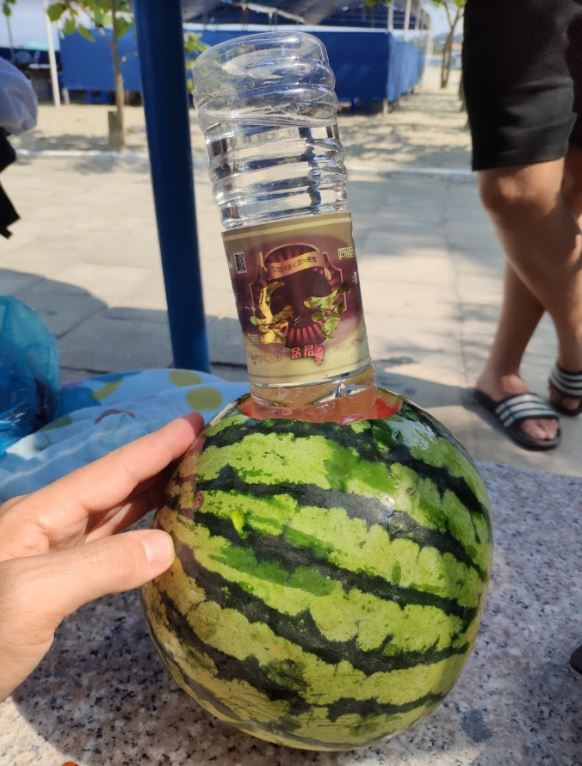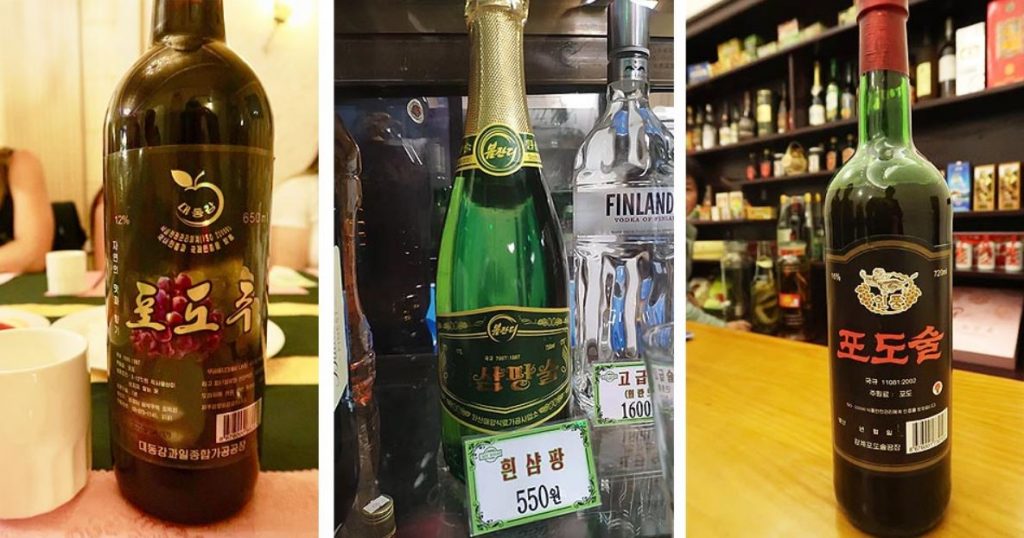We’ve covered a lot about the food situation for tourists who visit North Korea, but what is the situation with fruits in North Korea? Read on for our North Korean fruits guide. Before you get started you may want to read more about North Korean cuisine or about being a vegan in North Korea.
Finding fruit as a tourist in North Korea
If you do a standard tour to North Korea you will most likely not see all that many fruits. This is for a number of reasons, such as the farming of the country, lack of access to the international market and local culinary habits. Generally speaking, and particularly for vegans, we suggest bringing your own supply of fruit to the country, dried, or otherwise. Bringing fresh fruit with you is permitted when entering North Korea from Dandong, however it is not possible when flying to North Korea from a Chinese airport due to local regulations.

Apples! 
Fruit sold in rural North Korea
What fruit is available in North Korea?
Please bear in mind not only does North Korea not have great access to the international food market, but more importantly it practices self-reliance. Juche means growing what you can grow, so fresh tropical fruits like bananas and pineapples are difficult to find but possible.
Top North Korean fruits
- Persimmon – This is pretty much the national fruit of North Korea. The persimmon looks like a cross between a small tomato and a pumpkin. North Korean persimmon are high in glucose and taste like a very sweet tomato.
- Apples – North Korean produce a wide range of apples, which tend to grow perfectly for the climate. Examples include the Pukchong apple and the Hwangju apple
- Pears – When you are marvelling in the countryside of North Korea it is not uncommon to be excitedly given a pear by our North Korean friends. The most famous is Haeju pear although you will find pears throughout rural North Korea.
- Apricots – North Korean apricot can be found throughout the country, but particularly in the northeast of North Korea in Hoeryong city. This can be had fresh, or there is a particular preserved speciality throughout the country.
- Blueberries – These grow in the north and north-east of North Korea and in the border regions of China. There are even blueberry wines and juices sold along the borderlands of China and North Korea (mostly on the Chinese side). There are a few blueberry liquors that are made in North Korea.
- Plums – Another perfect fruit that grows in the conditions of North Korea. There are around 12 different variations of plum grown around North Korea and it is another treat when you are in rural DPRK.
- Korean Watermelons – about half the size of a regular watermelon but just as sweet, Korean watermelons are grown in the southern provinces and usually on vines instead of on the ground

Banana trees 
Apple propaganda 
Apple orchid
Can you buy fruit in Pyongyang?
The supermarket scene has improved drastically in Pyongyang with our favourite Kwangbok department store offering a range of fresh fruit locally grown or imported from China. Other restaurants within the capital usually have small shops set up on the lower floors where they may sell a limited selection of fruits. It is also possible to purchase canned fruit.
Can you buy fruit in the North Korean countryside?
When you travel to the countryside of North Korea at the right time of year you will have access to whichever fruit happens to be grown in the local area. If there is a cooperative farm nearby you can bet that there will certainly be fruits on offer.

Fruit displayed at the Mass Games 
Refreshing summer drink
North Korean fruits with alcohol
North Koreans are known to fuse locally produced fruit with alcohol. There’s a winery in Sariwon city in North Hwanghae province that produces a fairly decent drop of red wine. There are many different types of North Korean soju that include ginseng, mushroom, blueberries, peach, pear and so on.


